Wild horses have increasingly populated the Mono Lake area along the California-Nevada border, with their numbers swelling to nearly 700—over three times what federal agencies say the land can support. This surge has sparked conflict among environmentalists, ranchers, tribal communities, and federal officials. Environmentalists and ranchers argue the horses are damaging fragile ecosystems, including wetlands and bird habitats, and competing with cattle for scarce forage. The U.S. Forest Service and Bureau of Land Management have approved a plan to remove up to 500 horses, potentially using helicopter roundups, a method opposed by animal welfare groups and some tribes who see the horses as culturally significant and advocate for Indigenous-led management and sanctuary creation.
The wild horse population growth is partly due to ecological changes, such as reduced predation by mountain lions and horses lingering at lower elevations. Tribal leaders emphasize the horses’ spiritual and cultural importance, likening their removal to historic injustices against Indigenous peoples. Meanwhile, ranchers face challenges maintaining grazing lands amid the expanding herd. Critics of the roundup argue that current federal management is unsustainable and costly, with horse reproduction outpacing removals. Legal challenges and calls for alternative management strategies, including birth control and tribal stewardship, highlight the complex balance between preserving the landscape, respecting cultural values, and managing wild horse populations.






